Pinterest is one of the most underrated social media platforms for influencer marketing. In addition to being a wealth of inspiration – and purchasing opportunities – for consumers, it’s home to numerous influencers with dedicated audiences.
According to Hubspot, 66% of Pinterest users make a purchase after seeing a brand’s pins .In addition, Pinterest has a strong base of dedicated users who visit the platform daily, and few platforms can compete with its visual style.
Brands that partner with influencers on Pinterest can see an incredible increase in brand awareness and sales.
Who Uses Pinterest?
According to DMR’s Pinterest Statistics and Facts, Pinterest boasts over 150 million active users. Women make up roughly 85% of the users, which is a boon for brands that have a majority female audience.
Pinterest also has a younger audience with 67% of the users being millennials and Gen Z. Around 55% of online US shoppers choose Pinterest as their favorite social media platform, which means if brands aren’t active, they’re missing a huge opportunity.
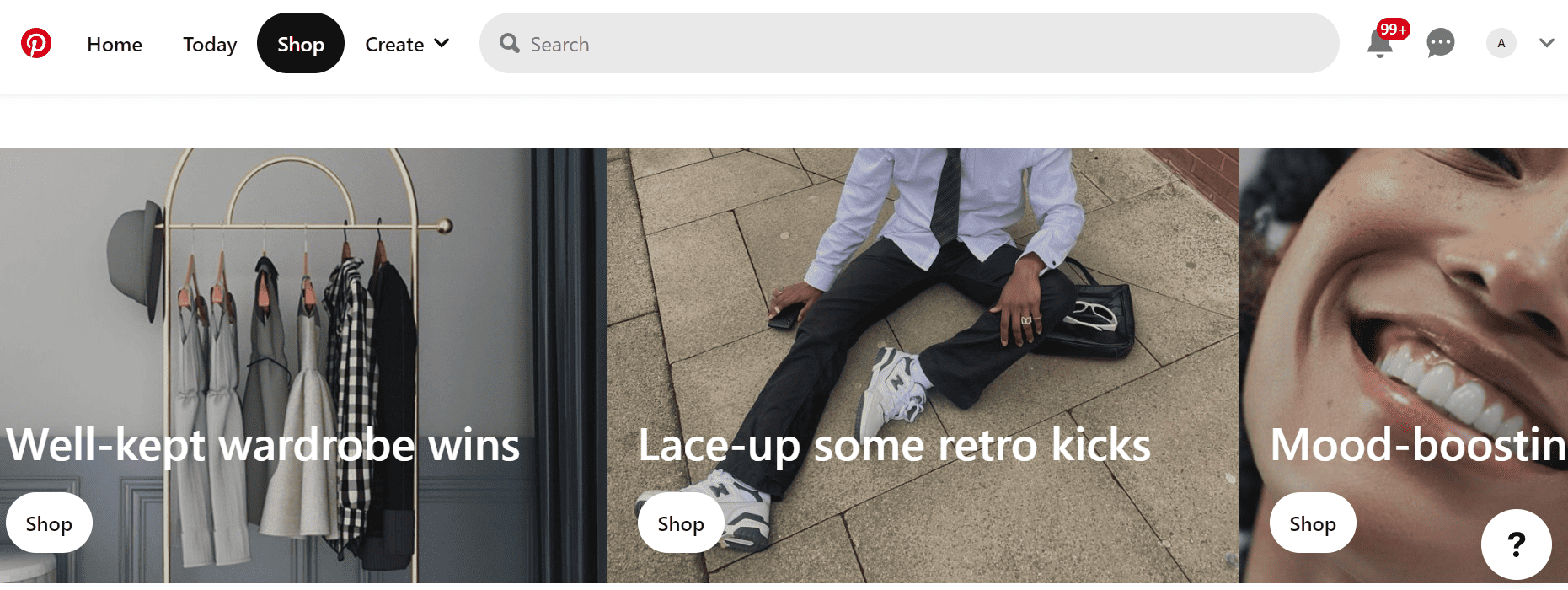
Source: Pinterest
What Pinterest Offers for Brands
Amy Vener, Pinterest’s Retail Vertical Strategy Lead, describes the platform as the “fundamental core of what pinners are doing is not to connect with people – it’s to connect with brands that inspire them and do things in real life.”
In this respect, Pinterest works differently than Instagram, Snapchat, or other visual platforms. Instead of users sharing images in a post at a set time, Pinterest encourages users to pin images on their board. Other users then see them, like them, and repin them to their own boards. Most of these views will come from an organic search.
Pins are also aspirational. Users pin things they have or want, which means they’re inevitably searching for items to buy (or similar). Because of this, Pinterest is vital to retailers. Consumers can see a pin of something they may like for themselves on Pinterest, then they search for it. If a retailer offers the same product or similar products that are easy to find, they may attract more sales.
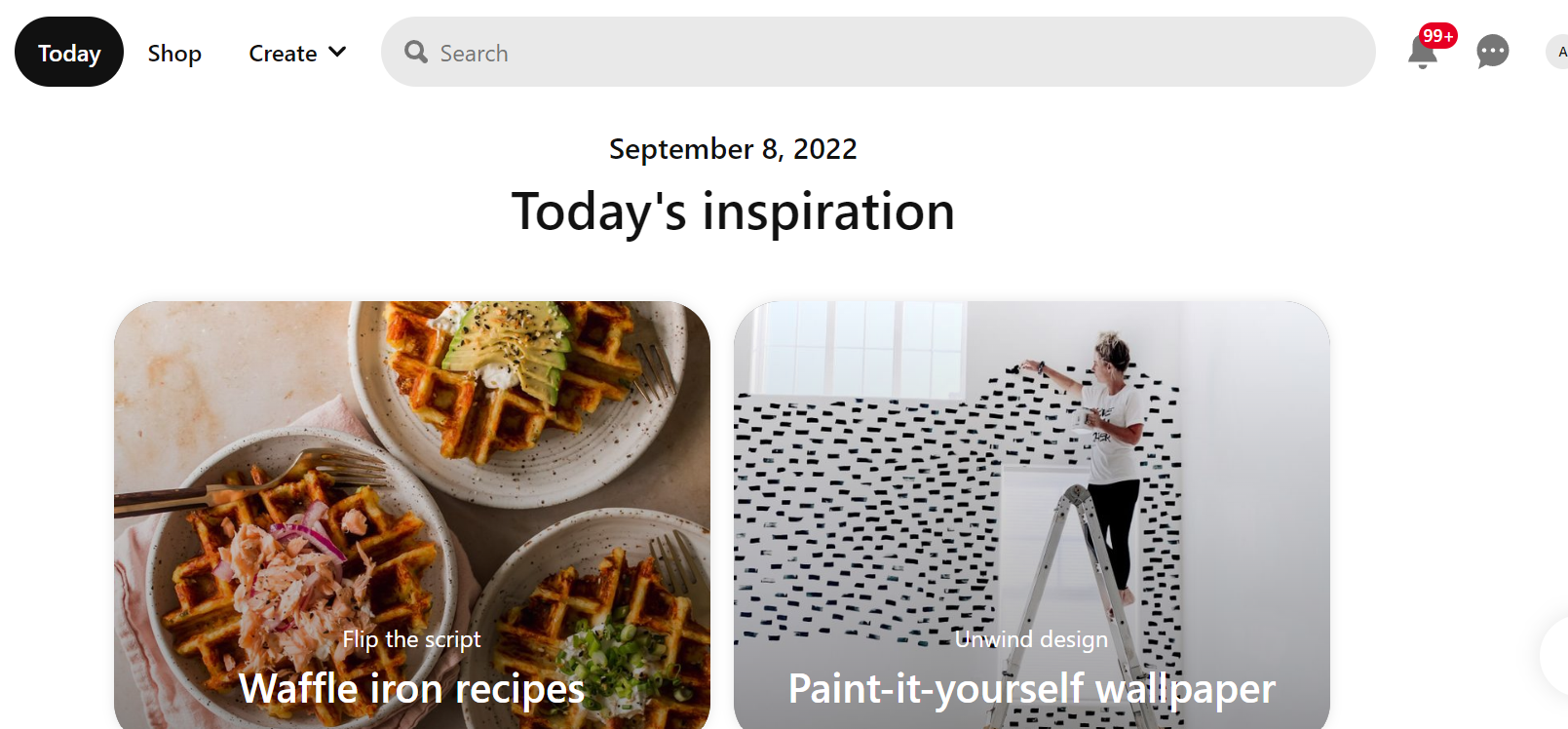
Source: Pinterest
The numbers support this. According to a Pinterest survey, roughly 60% of Pinterest users get their ideas for what to buy from the platform. 72% of users say that Pinterest influences them to shop when they weren’t even initially searching for something to buy, and another 90% say that Pinterest helps them decide what to purchase. Overall, Pinterest drives more referral traffic to ecommerce sites than Facebook, Snapchat, and Twitter
Pinterest for Brands and Influencers
Pinterest is an often-forgotten social media platform. It was slow to take off with influencer marketing, possibly because it has its own advertising marketplace.
But in late 2016, Pinterest revealed a platform to serve as a meeting place for brands and influencers – Pin Collective. If brands want to connect with creators, they must commit to a minimum media spend on promoted pins and sponsored content.
Once brands and influencers connect, Pinterest takes a step back. The brands and influencers must work out the details, such as payment, work expectations, and more, between themselves. As long as the minimum spend is reached, Pinterest doesn’t take a cut. Brands can also sponsor pins on the creators’ feeds to boost awareness.
This is a good way for brands to drive traffic to Pinterest boards. When other users pin these posts, the traffic increases. More users see the content, possibly making a purchase.
One caveat – Pin Collective limits the influencers that brands can access, with primarily macro influencers, but any brand is eligible to use the service.
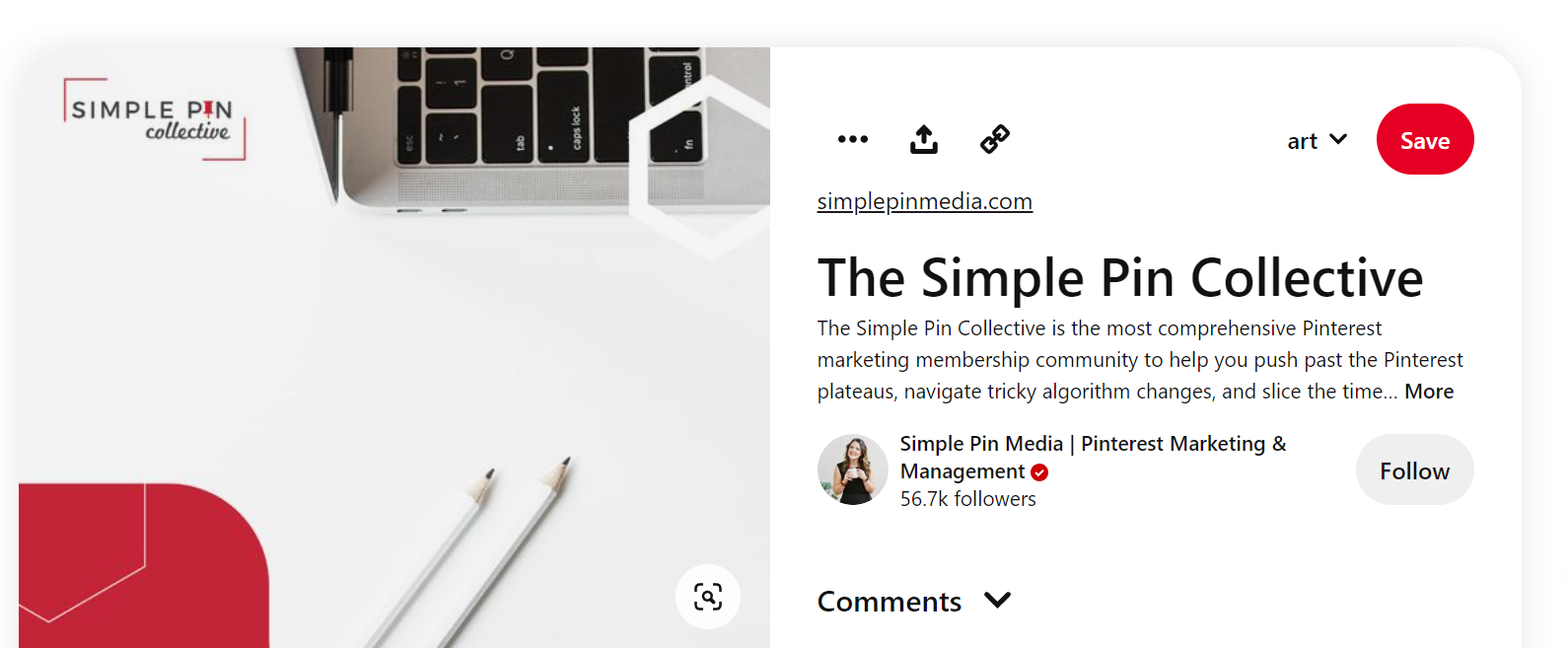
Source: Pinterest
Pinterest for Small Brands
Brands that don’t meet Pinterest’s minimum spend criteria, and by extension, can’t access Pin Collective, have other options. Pinterest officially opened the API for influencer marketing platforms. This allows brands to expand their influencer campaigns on Pinterest and gain data and insights.
How to Find Influencers on Pinterest
Brands seeking partnerships with influencers on Pinterest will need to understand the unique differences with Pinterest vs. other types of social media. Pinterest is not a place to search for influencers with a lot of followers.
When an image is pinned to a board on Pinterest, it continues to be visited, viewed, and repined into the future, every time it appears in another search. This is considerably different from posts on Instagram or a tweet, which lose traction quickly. Overall, it takes over three months for the average Pinterest pin to gain half of its traffic. By comparison, Facebook has an average of 90 minutes per post, and a tweet has about 24 seconds.
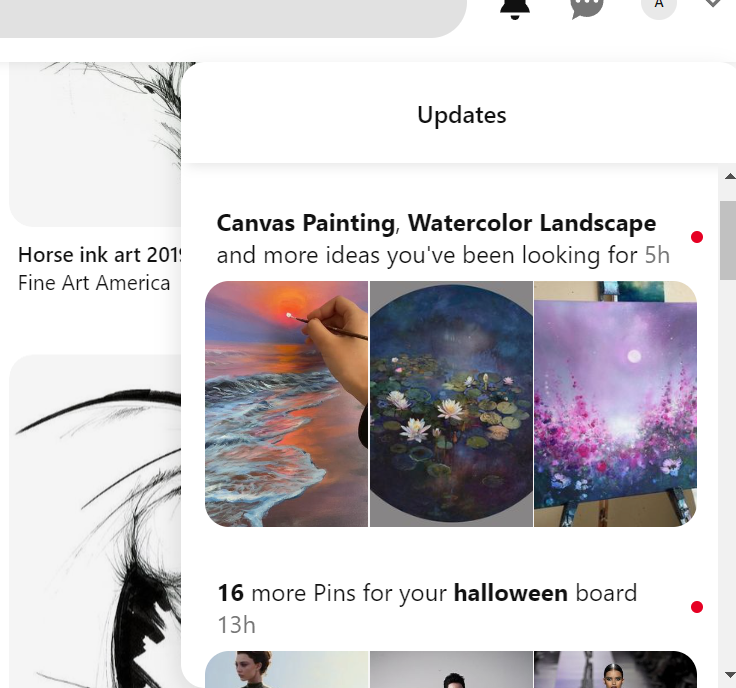
Source: Pinterest
For influencer marketing to be successful, the brand must focus on influencers who are skilled at amplifying pins using the search engine, rather than someone who has a large follower base and must alert followers to new content.
Like other platforms, Pinterest has a wealth of micro influencers who are successful. These influencers have a good reputation for pinning relevant, visually appealing, and valuable content to boards within a niche. They may have a smaller number of followers, like perhaps 500 or a few thousand, but they have strong loyalty with these followers.
Tips for Working with Pinterest Influencers
Choosing the Right Influencers
Influencer marketing is not as much about the influencer as it is about the content. Brands should choose influencers based on the quality of the content, not the following.
On other social media platforms, influencers are chosen by engagement and it’s assumed that followers will be interested in their promotion. This is due to the rapid nature of posts on these platforms.
On Pinterest, it’s about the long-term strategy. Influencers may create high-quality, visually enticing pins that gain some attention initially, but they could still attract people months later. The content has to stand on its own, since it’s not only based on the influencer’s reputation like other platforms.
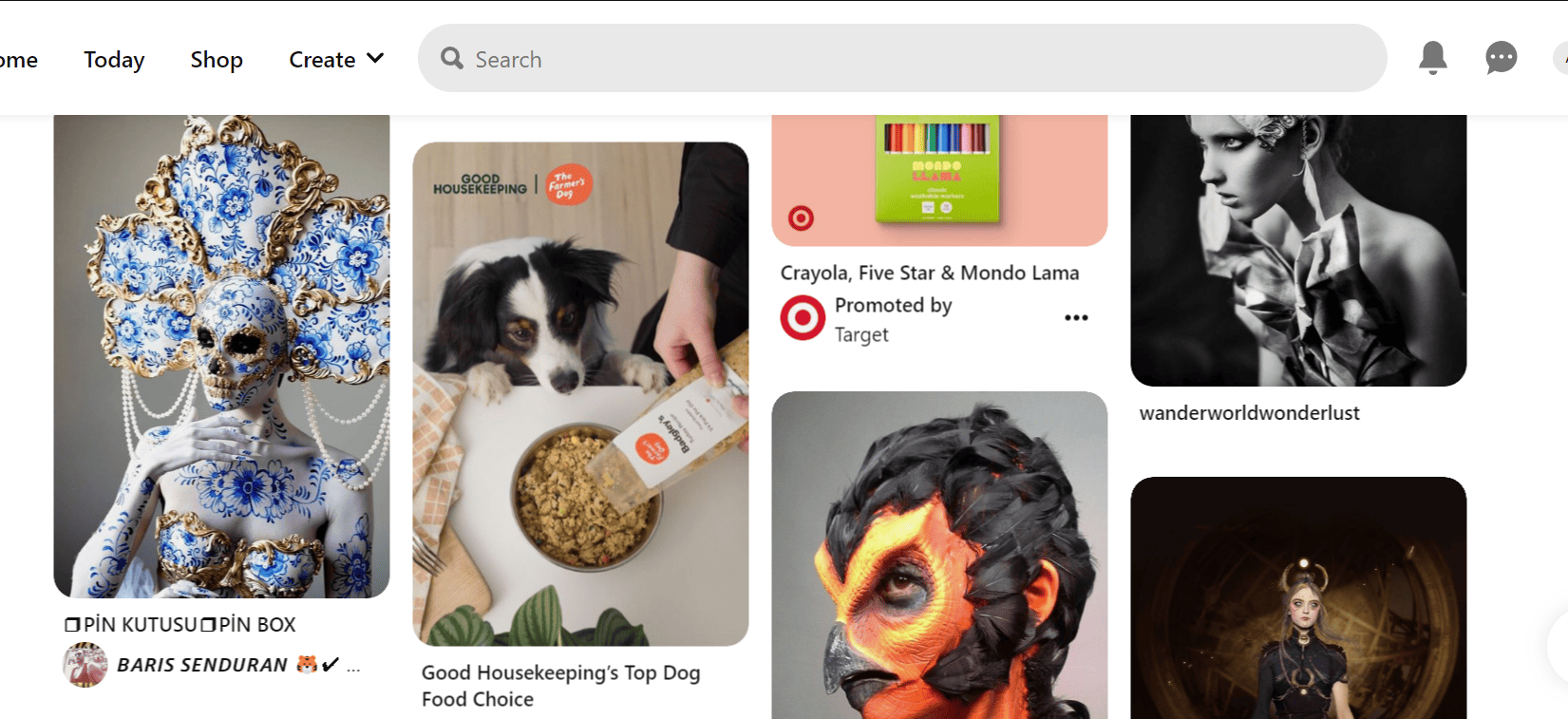
Source: Pinterest
Optimizing Images for Pinterest
If a brand creates content for a Pinterest campaign, it’s important that it’s visually appealing and optimized to allow users to find it in a relevant search. Naturally, poor quality images don’t get a lot of attention.
Ultimately, it’s a visual platform. Clear, high-quality images and videos are most effective, especially if the product is visual as well. For example, food brands, fashion brands, and art brands need especially enticing images that evoke emotion.
Because of the orientation of pins, vertical images are the best choice for Pinterest. Ideally, they should be a 2:3 or 1:3.5 aspect ratio. In some cases, brands can use taller images or multiple images in one page, but this should be used strategically.
Many influencers use Rich Pins, which are pins that have extra information included in the pin itself. They have six categories: App, Recipe, Article, Movie, Product, and Place. A Recipe Pin, for example, has areas to add ingredients, nutritional information, cooking times, and more.
Pinterest is more like a search engine than a social media platform, so keywords matter. SEO should always be in mind when creating Pinterest content. Pinterest influencers will also know this and will optimize pins appropriately.
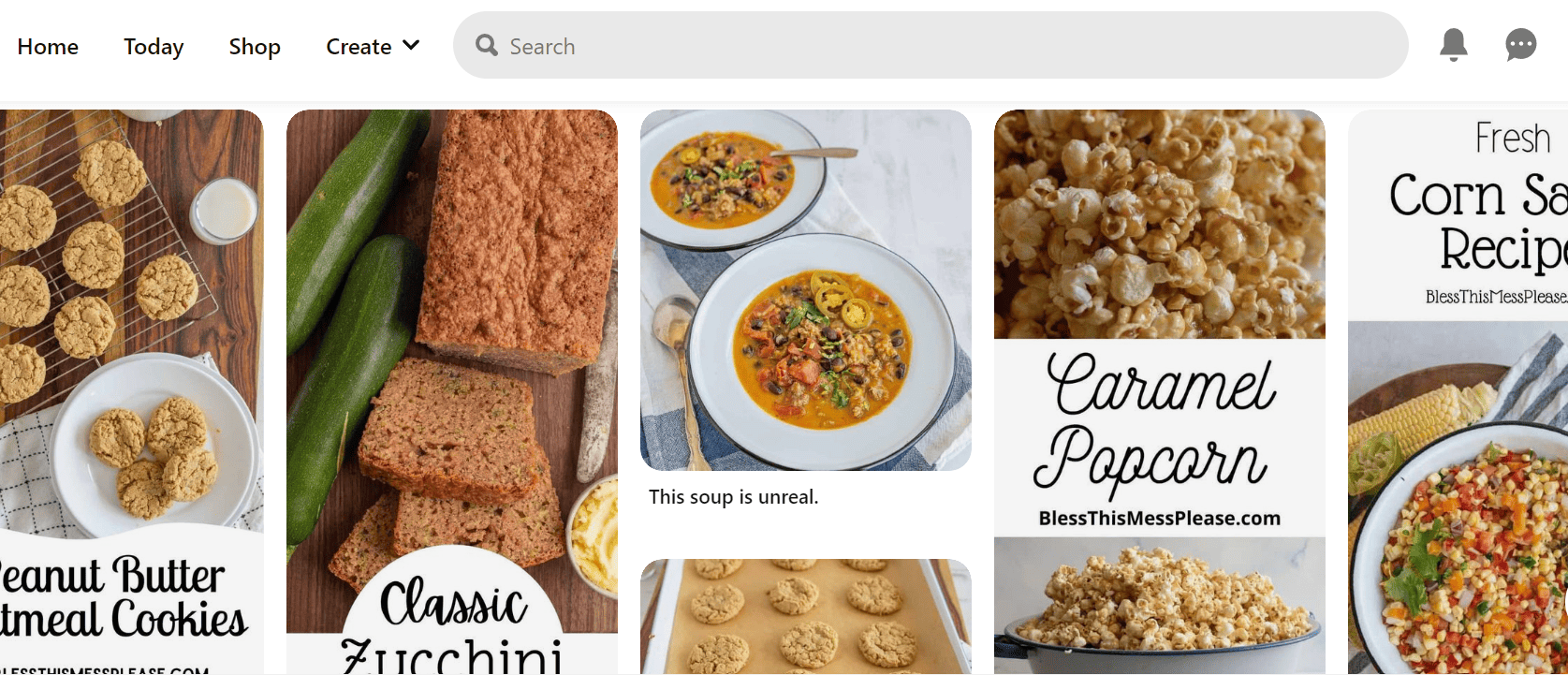
Source: Pinterest
Creating Content for Pinterest
Influencers on Pinterest are known for their content and their distribution. One of the best strategies for brands is to send a product to the influencer and encourage them to create content around it, since they know what will resonate with their followers. These influencers are experts at creating content that’s tailored to the platform and its audience, ensuring that it will be discovered by users months down the line.
This strategy assumes that the influencer sees interest and value in the product, which is why it’s important to choose influencers based on their niche. Brands partnering with an influencer based on performance, not their value to the brand, isn’t a strong approach.
Targeting Niche Experts
Most influencers will operate within a niche that’s appropriate for a brand. These influencers are exceptional at content creation and distribution. Brands should encourage influencers to use lifestyle images that have product placement, rather than static images that just show the product out of context.
For example, a fashion brand can use an influencer to create style inspiration content that includes the fashion piece and other pieces in a finished outfit. A food brand can show a product on the table as part of a dinner or event, rather than on its own.
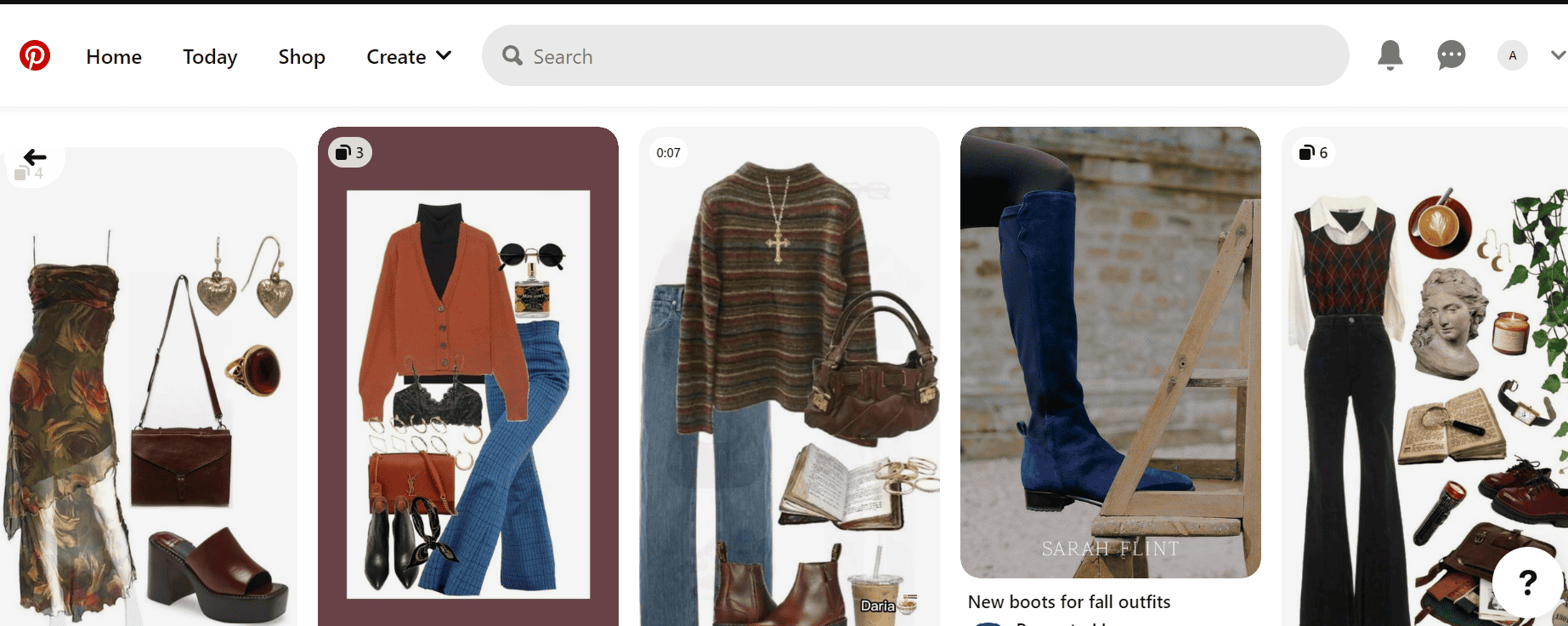
Source: Pinterest
Creating Mobile-Friendly Content
Most users are accessing content via mobile devices, especially when it comes to social media. Roughly 70% of Pinterest users are accessing the platform on a mobile device, and a further 80% of ecommerce sales on Pinterest happen on mobile.
Any content a brand creates with an influencer needs to be mobile-friendly. If a pin has a website link, it’s important that it works well and directs the user to the site and the product pages seamlessly.
Influencer Marketing on Pinterest
Pinterest is unique among social media platforms. More a search engine – and inspiration driver – than a true social media platform, it’s there for users to find products and get ideas. The platform itself is trying to make it easier for brands and influencers to connect and provide products and ideas for users. Brands both large and small have an opportunity to leverage this for success, especially with the right influencers on board.



